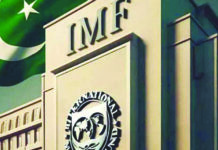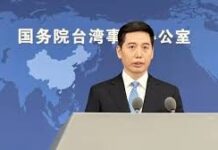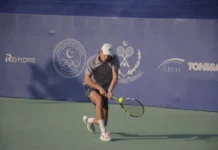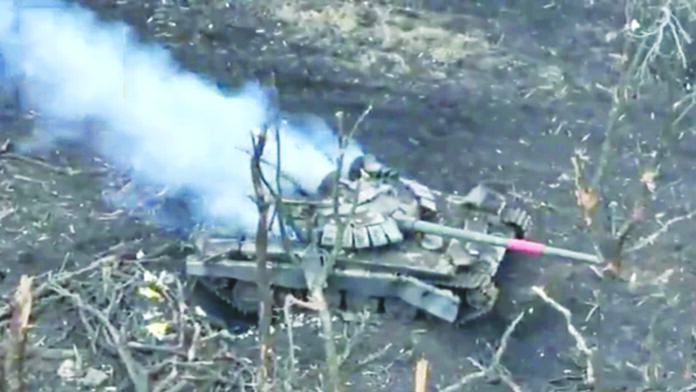The ongoing Russia-Ukraine war has profoundly impacted the foundations of modern military strategy, particularly concerning the use of armoured vehicles. Tanks, once considered the backbone of conventional military power, are now facing scrutiny as they fall prey to more cost-effective and agile technologies such as drones and anti-tank missiles. Russia’s significant tank losses in this conflict have prompted military analysts to question the relevance of tanks in future warfare. As Pakistan maintains a sizable tank fleet, these lessons are crucial for shaping its defence strategy in the years to come.
RUSSIA’S STRUGGLES WITH TANK WARFARE: Since the onset of the war in Ukraine, Russia has lost thousands of tanks and other armoured vehicles. Despite deploying some of its most advanced tanks, like the T-90 and T-80, Russian forces have struggled to adapt to the evolving battlefield. The problem is not just poor tactics or inadequate training but a fundamental shift in warfare that prioritizes technology and mobility over brute force.
Drones have emerged as one of the deadliest threats to Russian tanks. Turkish-made Bayraktar drones, along with inexpensive, improvised First-Person View (FPV) drones, have wreaked havoc on Russian armoured columns. Despite Russia’s possession of sophisticated electronic warfare and air defence systems, they have consistently failed to neutralize this aerial threat. This raises critical questions about the future role of tanks in a world where relatively cheap drones can destroy multi-million-dollar armoured vehicles.
A NEW ERA OF WARFARE
THE RUSSIA-UKRAINE EXPERIMENT: The conflict in Ukraine has also served as a testing ground for Western military technologies and strategies. Drones, precision-guided munitions, portable missile systems, and electronic warfare have been tested and refined in this war. These developments indicate a broader shift in global military doctrines, moving away from traditional reliance on heavy armour towards more flexible, tech-driven approaches.
The inability of both sides to gain a decisive advantage, despite Russia’s numerical and technological superiority, reveals the evolving nature of warfare. Cheaper, more adaptable systems are proving capable of offsetting a lack of traditional firepower, challenging long-held beliefs about the supremacy of tanks and other heavy equipment.
KEY LESSONS FOR PAKISTAN: The Russia-Ukraine war offers crucial insights for military strategists worldwide, particularly for Pakistan, which faces its own unique set of challenges.
REEVALUATING TANK WARFARE: Pakistan’s military landscape, particularly in the plains of Punjab and Sindh, has traditionally favoured tank warfare. However, the vulnerability of tanks in Ukraine demonstrates that even advanced armoured vehicles can be neutralized by inexpensive drones and anti-tank guided missiles (ATGMs). Pakistan must invest in upgrading its tanks with active protection systems (APS) capable of intercepting incoming threats. Additionally, integrating tanks more closely with drones and air defence systems will be necessary to maintain their effectiveness.
The Russia-Ukraine war has underscored the vulnerabilities of traditional military assets like tanks and the growing importance of drones, portable air defence, and hybrid warfare strategies. For Pakistan, the lessons are clear: it must modernize its military doctrine, invest in technology-driven solutions, and prepare for a future where tanks may no longer dominate the battlefield. By learning from these lessons, Pakistan can ensure that its military remains effective and resilient in an ever-changing global security environment.
ENHANCING COUNTER-DRONE CAPABILITIES: The drone threat is not limited to state actors like Ukraine; non-state actors such as the Taliban and Balochistan Liberation Army (BLA) could soon acquire similar technologies. Reports suggest that the Taliban are already investing in drone technology, and it is only a matter of time before groups like the TTP follow suit. To counter this emerging threat, Pakistan needs to strengthen its electronic warfare capabilities and invest in counter-drone systems to protect its airspace and military assets.
ADAPTING TO HYBRID WARFARE: The nature of warfare is rapidly changing, and Pakistan must stay ahead of the curve. The future will likely involve more hybrid conflicts, where conventional military forces are combined with irregular tactics, cyber warfare, and drone technology. Pakistan’s military doctrine should evolve to account for these new realities, shifting away from sole reliance on traditional assets like tanks and fighter jets. Instead, the focus should be on multi-domain operations, integrating air, land, and cyber capabilities into a cohesive strategy.
The Russia-Ukraine war has underscored the vulnerabilities of traditional military assets like tanks and the growing importance of drones, portable air defence, and hybrid warfare strategies. For Pakistan, the lessons are clear: it must modernize its military doctrine, invest in technology-driven solutions, and prepare for a future where tanks may no longer dominate the battlefield. By learning from these lessons, Pakistan can ensure that its military remains effective and resilient in an ever-changing global security environment.























